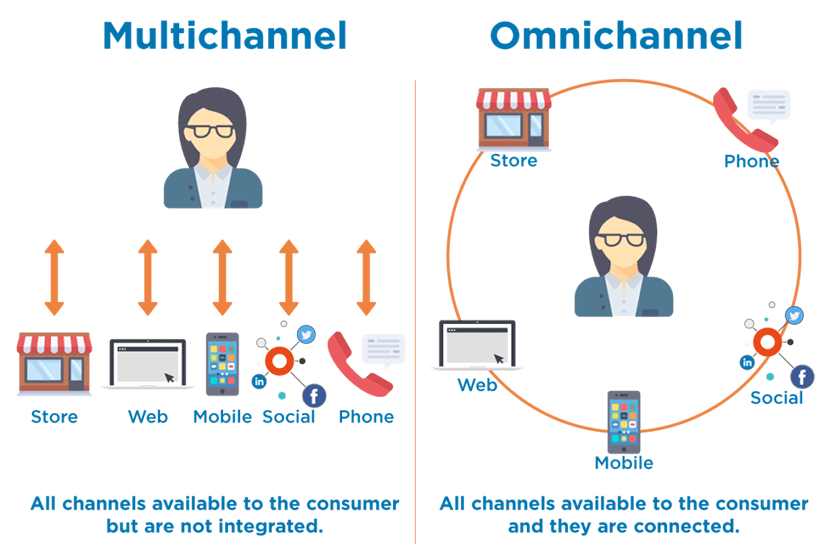
Creating an integrated omnichannel experience in the buying process involves seamlessly connecting various channels—online and offline—to provide a cohesive and consistent experience for customers. Here are steps to achieve this:
Customer Profiling: Gather insights about your customers' preferences, behaviors, and expectations across different channels.
Customer Journey Mapping: Understand how customers interact with your brand at various touchpoints, both online and offline, to identify potential gaps and areas for improvement.
Consistent Branding: Maintain a consistent brand image, message, and tone across all channels to ensure a cohesive experience.
Unified Inventory and Information: Ensure all channels have access to the same real-time inventory, product information, and pricing to avoid discrepancies and provide accurate data.
Seamless Cross-Channel Experience: Allow customers to move effortlessly between channels. For example, enable "buy online, pick up in-store" options or offer easy returns across all channels.
Integrated CRM and Data Analytics: Utilize a comprehensive customer relationship management (CRM) system that integrates data from all touchpoints to provide a holistic view of each customer.
AI and Personalization: Use artificial intelligence to deliver personalized recommendations and experiences based on user behavior across different channels.
Feedback and Adaptation: Gather feedback from customers at various touchpoints and use it to adapt and improve the omnichannel experience continually.
Testing and Optimization: Regularly test new strategies, technologies, and customer engagement methods to optimize the omnichannel approach.
Creating an integrated omnichannel experience requires a strategic approach that prioritizes consistency, customer-centricity, and the effective use of technology to provide a seamless and unified buying process across all channels. Regularly analyzing and adapting to changing customer behaviors and preferences is key to sustaining an effective omnichannel strategy.
Thank you.